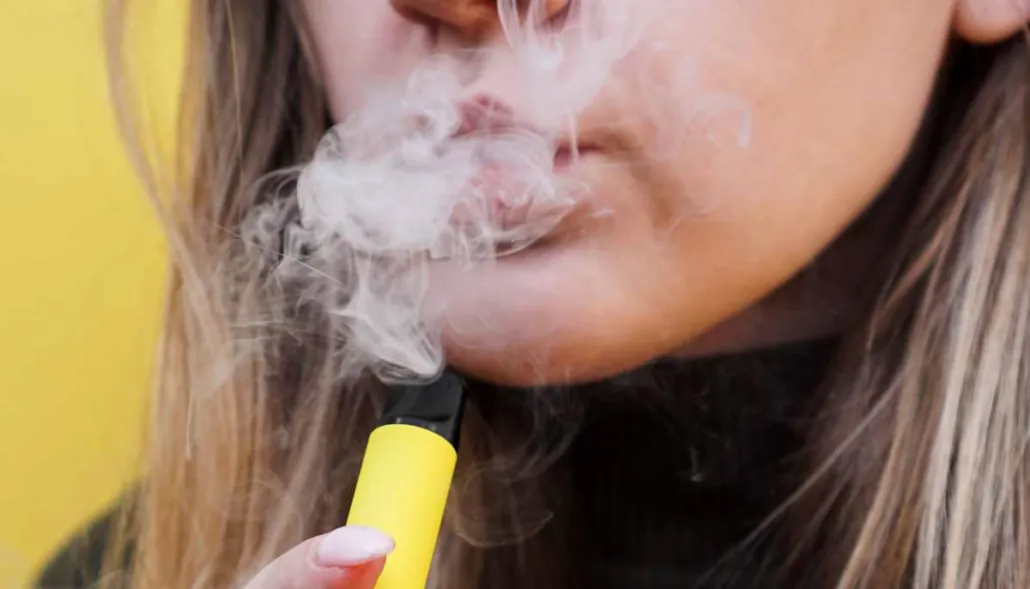Yes, electronic cigarettes (e-cigarettes) do produce a smell, but it is distinctly different from the odor of traditional combustible cigarettes.
Nature of E-cigarette Smell
The smell from e-cigarettes originates from the aerosol, or vapor, produced when the e-liquid is heated. This vapor is not smoke from burning tobacco. Key characteristics include:

- E-liquid Flavors: The most noticeable component of the smell is typically the flavoring in the e-liquid. Common scents include fruits, desserts, mint, or even tobacco-like aromas, though the latter usually lacks the burnt quality of actual tobacco smoke.
- Sweetness: Many e-liquids contain sweeteners, which can contribute to a sweet or candy-like aroma.
- Base Liquids: Propylene Glycol (PG) and Vegetable Glycerin (VG), the base components of e-liquid, are generally odorless on their own or may have a faintly sweet scent, but they serve as carriers for the flavorings.
Comparison to Traditional Cigarette Smoke
The smell from e-cigarettes differs significantly from tobacco smoke in several ways:
- Composition: Tobacco smoke contains thousands of chemicals from combustion, leading to a pungent, acrid, and often unpleasant odor. E-cigarette vapor primarily consists of PG, VG, flavorings, and nicotine (if present).
- Intensity and Persistence: E-cigarette vapor smell is generally much lighter and dissipates more quickly than tobacco smoke. It is significantly less likely to cling to fabrics, hair, or permeate rooms for extended periods.
- Character: While some individuals may find certain e-cigarette flavors strong or cloying, the smell is rarely described with the same universally negative connotations associated with stale tobacco smoke.
Factors Influencing E-cigarette Smell
Several factors can affect the type and intensity of the smell produced by an e-cigarette:
- Flavor Profile: The specific flavorings used are the primary determinant. A fruit-flavored e-liquid will smell fruity; a dessert flavor will smell reminiscent of its namesake.
- VG/PG Ratio: Higher VG (Vegetable Glycerin) content tends to produce denser vapor clouds, which might carry more scent initially, though the scent itself is still determined by the flavor.
- Device Power and Coil Type: Higher power devices can vaporize more e-liquid, potentially leading to a stronger, more noticeable aroma in the immediate vicinity.
- Airflow and Usage: How the device is used and the airflow settings can also influence vapor density and dispersion, thereby affecting how the smell is perceived.
Lingering Odor
Unlike tobacco smoke, which can leave a persistent, stale odor that embeds itself into furniture, carpets, and clothing, the smell from e-cigarette vapor is far less tenacious. It typically airs out of a room relatively quickly and does not leave the same long-lasting, difficult-to-remove residue.
However, very heavy or continuous vaping in an enclosed, poorly ventilated space might lead to a subtle, lingering scent of the specific e-liquid flavor used. This is generally much milder and less offensive than stale tobacco odor and usually dissipates with basic ventilation.
In summary, while not odorless, e-cigarettes produce a smell primarily dictated by their e-liquid flavorings. This smell is generally less pungent, dissipates faster, and is significantly less likely to linger or cause lasting malodor compared to the smoke from traditional cigarettes.










